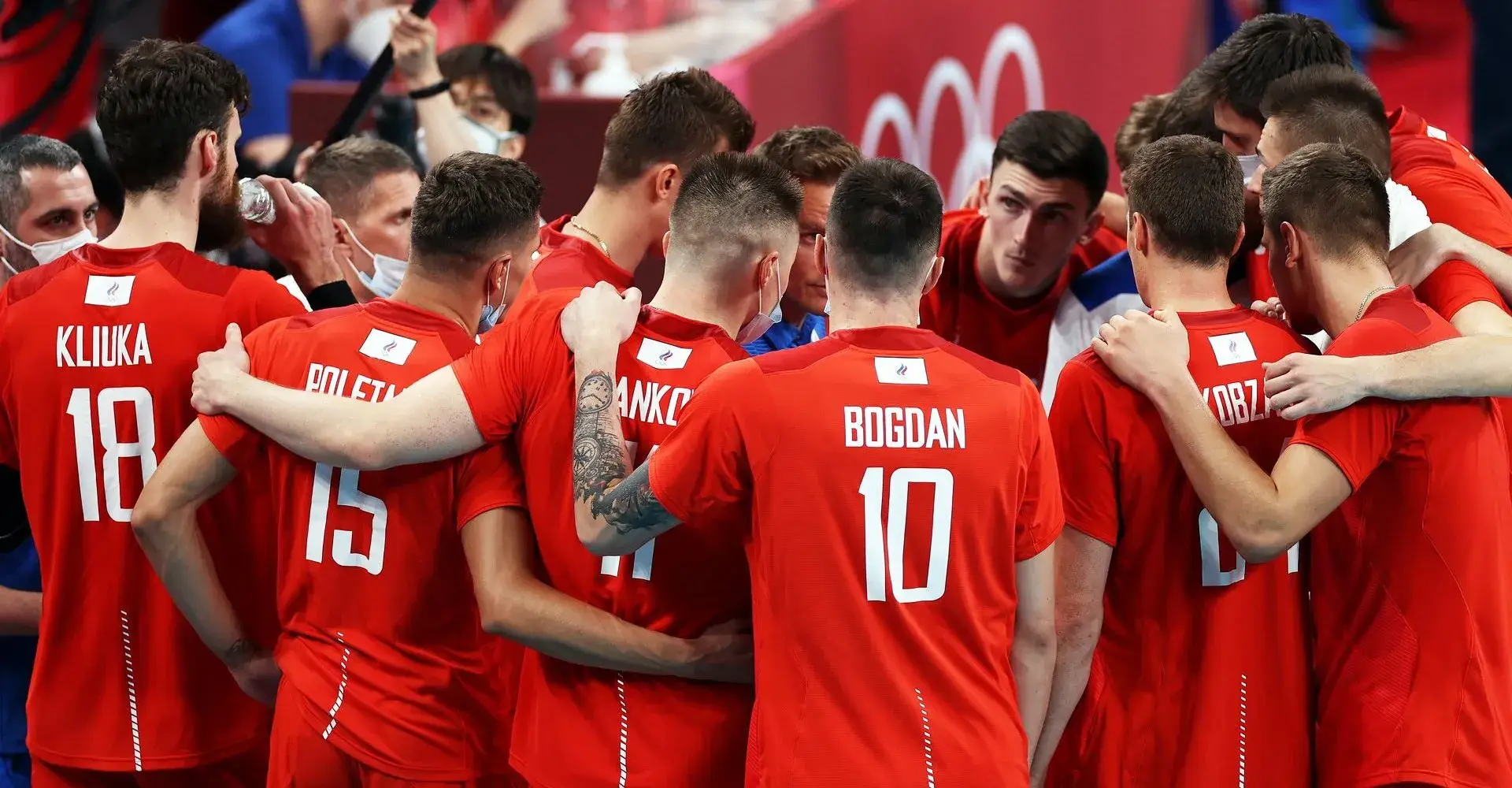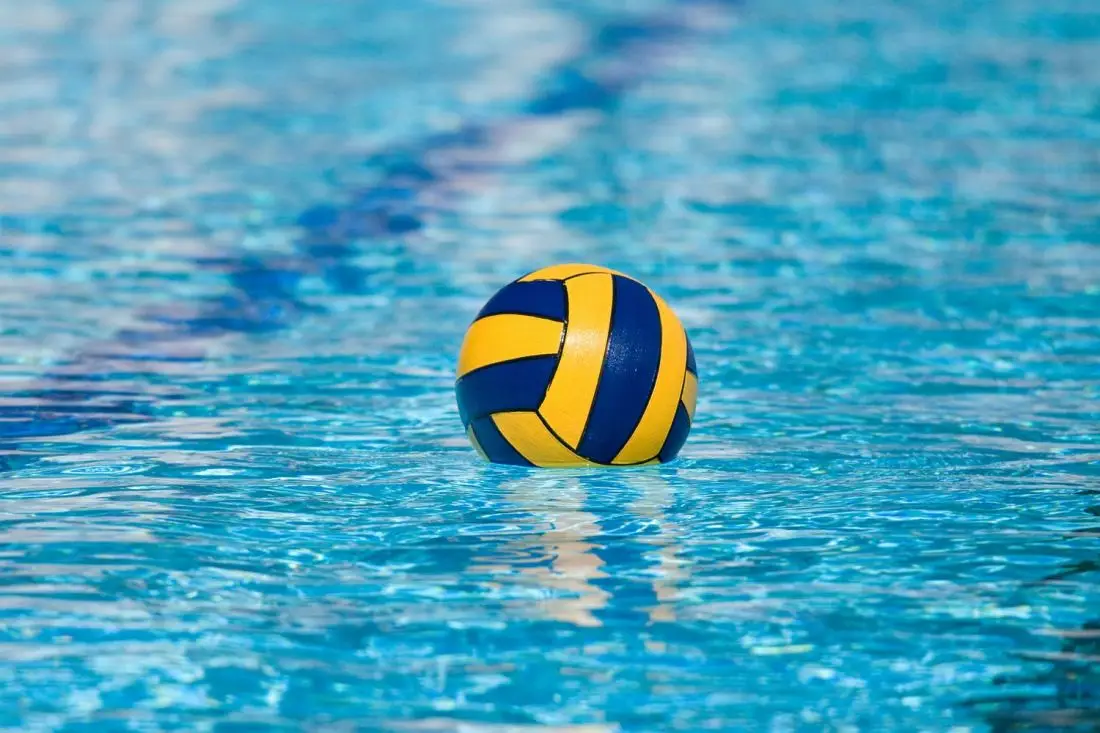Movies and TV series about volleyball show more than just a game. These stories reveal complex destinies, intense training sessions, powerful emotional outbursts, and strategic battles on the court. Volleyball in cinema has long transcended mere sports chronicles — it turns balls and nets into symbols of perseverance, risk, and victory.
Russian Perspective on Volleyball Movies and TV Series
In Russian cinematography, sports stories offer unconventional perspectives on sports and convey its hidden emotional power. These projects showcase not only the struggle for results but also internal conflicts that shape character and lead to real victories.

“Dyldy” — Path Through Mistakes
The series “Dyldy” (Russia, 2019-2022) uses the volleyball court as an arena to combat old habits. The head coach loses everything due to impulsiveness and tries to rebuild his career by leading a women’s team. The plot is built on contrasts: a strong athlete finds himself in an environment that requires psychological flexibility.
Volleyball movies and TV series rarely depict such a balance between comedy and drama. Here, the screenwriters accurately convey the dynamics of training, the tension of competitions, and the vibrant team chemistry. The cast adds authenticity — each character reflects a real sports environment.
“Seagulls” — Fight for a Chance
The series “Seagulls” (Russia, 2022) shows how a team fights for a place in the championship. A tough coach uses unconventional methods and demands full dedication. Volleyball in cinema rarely reveals so many behind-the-scenes details. In the series “Seagulls,” the viewer immerses into the routine of training, experiences harsh discipline, and observes how each defeat shapes the sporting character.
This project demonstrates how small mistakes on the court determine the outcome of an entire career.
Asian Approach: Precision and Rhythm
Asian cinematography offers its own interpretation of volleyball stories — emphasizing rhythm, psychological depth, and visual accuracy. Projects from the East skillfully combine sports tension with personal drama, creating a strong emotional response.
“Crushing Spike” — Energy of South Korean Drama
The South Korean series “Crushing Spike” (2021) combines volleyball, cinematography, and sharp drama. Here, an athlete is on the edge — severe injuries, internal conflicts, and fan expectations weigh on the hero.
The film industry in the Asian format often creates emotional intensity, where each point on the court carries a personal price. The direction of the project focuses on dynamics — cameras capture the slightest movements, and tense music enhances each ball touch.
“Women’s Volleyball Team” — Team Beyond Borders
The film “Women’s Volleyball Team” (China, Hong Kong, 2020) reveals the story of a team going through a tough journey from failures to victories. Every training session, every cup becomes part of the collective ascent. The plot draws a clear line: defeats toughen, discipline shapes champions. In Asian culture, the theme of sports spirit and inspiration through team unity is often highlighted.
“Beach Volleyball” — Lightness and Motivation
The Hong Kong series “Beach Volleyball” (2011) explores the sports theme through a light genre. The comedy uses the volleyball net as a boundary between freedom and responsibilities. The characters find themselves in funny situations, learn to play, overcome internal barriers. Sport in this project takes on a light-hearted but motivating tone — each competition becomes a step towards personal victory.
American Volleyball Movies and TV Series: Genre Diversity
American film projects use volleyball to create diverse stories — from intense sports dramas to light comedies. In these films, sports becomes a tool for character development, crisis overcoming, and exploring new opportunities.
“All You’ve Got” — Power of Sports Spirit
The film “All You’ve Got” (USA, 2006) uses the volleyball court as a space to overcome personal crises. A young athlete loses her family but continues to fight her way to the Olympics. The plot is based on inner strength, and each training session shows the path to rebirth. The value of sports determination is emphasized here.
“Miracle Season” — Volleyball and Emotions
The film “Miracle Season” (USA, 2018) tells the story of a women’s team that lost its captain in an accident. Sports becomes the only way to cope with grief. The coach gathers the team, the girls return to the court, win the championship. The film reveals the power of unity, where the ball becomes a symbol of memory and new life.
“The Slammin’ Salmon” — Youth Focus
The American film “The Slammin’ Salmon” (2008) focuses on young athletes capable of changing the rules of the game. A young volleyball player challenges the established system. The plot is built on a generational conflict. Volleyball in this project is presented through the lens of personal choice and professional risk.
“The Green Flash” — Path Through Defeats
The film “The Green Flash” (USA, 2008) reveals the story of a volleyball team enduring a series of defeats. Gradually, the players improve, go through a series of mistakes, and reach the finals. The plot uses the volleyball court as a life school, where each defeat brings closer to victory.
“Side Out” — Genre Balance
The American film “Side Out” (1990) adopts a light comedic approach. The main character finds himself in an amateur team and unexpectedly reveals talent. Each competition is filled with excitement and positive energy. This project offers viewers lightness and motivation.
European School: Sharp Character Portrayals
Sports stories boldly go beyond the classic genre, giving characters vivid, contradictory traits. Volleyball themes here acquire an ironic, multi-layered character with a focus on human weaknesses and unexpected victories.
“Girls with Balls” — French Comedy on the Volleyball Court
The film “Girls with Balls” (France, Belgium, 2018) combines humor, drama, and social subtext. The plot follows a women’s team composed of amateurs. Training sessions are rushed, the ball often ends up beyond the net, but the team makes it to the championship. This project reveals not just sports but the strength of spirit and unexpected twists of fate.
Soviet-Japanese Project: Historical Context
Soviet and Japanese cinematography created a rare joint project, uniting the sports theme and cultural exchange. The story unfolds this sport as a space for cooperation, mutual respect, and a common goal.
“Road to Medals” — Cultural Encounter
The film “Road to Medals” (Japan, USSR, 1980) depicts the preparation for international competitions. Teams from two countries undergo joint training, exchange strategies, and foster a sports spirit. This project showcases respect for the opponent, a culture of discipline, and the desire for victory.
Influence of Volleyball Movies and TV Series on the Audience
Film projects impact viewers not only with event dynamics but also with strong emotional content. They create powerful motivation, inspire athletes, and attract new sports fans. Viewers delve into the backstage of training, see how the coach shapes the team, feel the competition tension, and understand the value of each victory. The sports spirit in such stories ignites the desire to step onto the court, take the ball, and overcome personal limits.
The direction precisely frames shots, the genre is selected based on the target audience, and the cast conveys emotions without exaggeration. Each movement on the court is filled with meaning, each episode is a step towards victory or defeat.
Compilation of Volleyball Movies: Strong Stories in Numbers and Facts
The film industry continues to surprise with genre diversity. Among the key projects are:

- “Dyldy” — 3 seasons, over 40 episodes, a balance of comedy and drama.
- “Seagulls” — 8 episodes, intense sports competition.
- “Crushing Spike” — South Korean drama, precise direction.
- “Beach Volleyball” — 20 episodes, light sports comedy.
- “All You’ve Got” — motivational sports drama.
- “Air King: Return” — family film, focus on a young audience.
- “Miracle Season” — strong women’s story, based on a real case.
- “Girls with Balls” — ironic European perspective.
- “The Slammin’ Salmon” — emphasis on youthful drive.
- “Women’s Volleyball Team” — grand competitions and the path to the cup.
- “The Green Flash” — path through defeats to the final.
- “Road to Medals” — culturally-sporting bridge between countries.
- “Side Out” — comedy about unexpected victories.
Each project conveys sports stories through vivid characters, intense struggles, and deep dramatic turns.
Conclusion
Volleyball movies and TV series reveal a unique aspect of sports cinematography. These stories are not just about balls and nets; they tell of people who are not afraid of defeats, who build their careers on pain, mistakes, and hard work. The sports spirit inspires, motivates, and propels forward. Fans find answers in these projects, coaches find practical examples, and athletes find an extra boost of energy.
 en
en  ru
ru  de
de  ar
ar  es
es  hi
hi  fr
fr  nl
nl  it
it  pt
pt  el
el 



